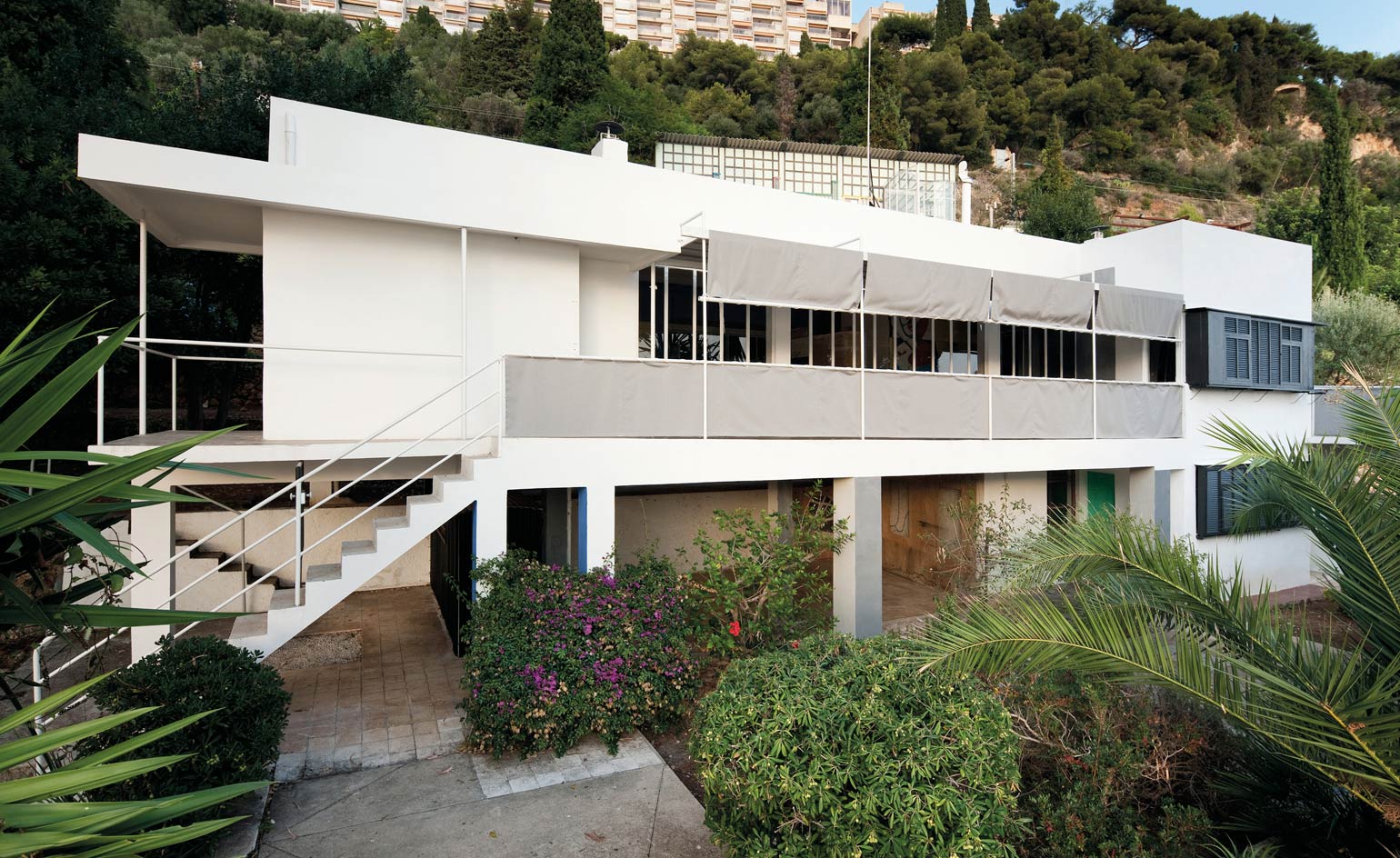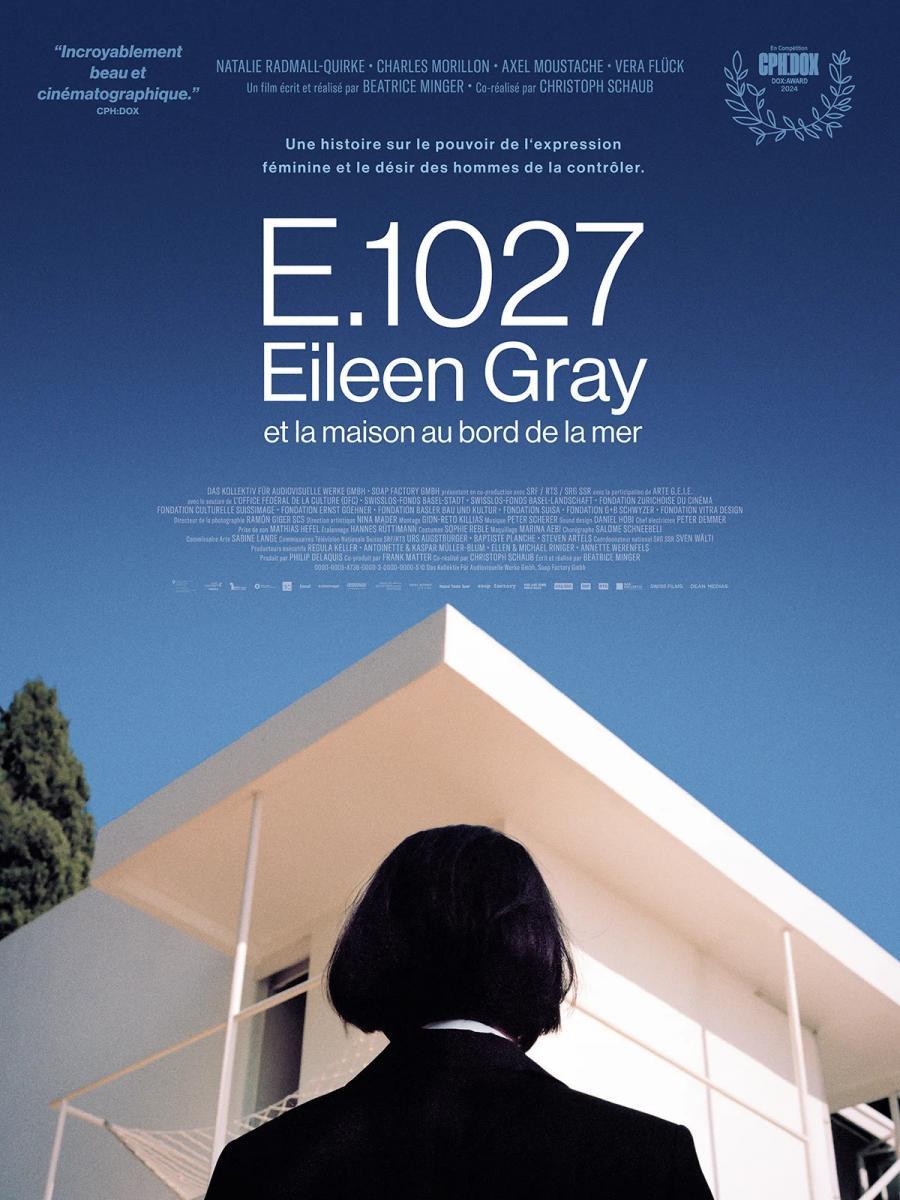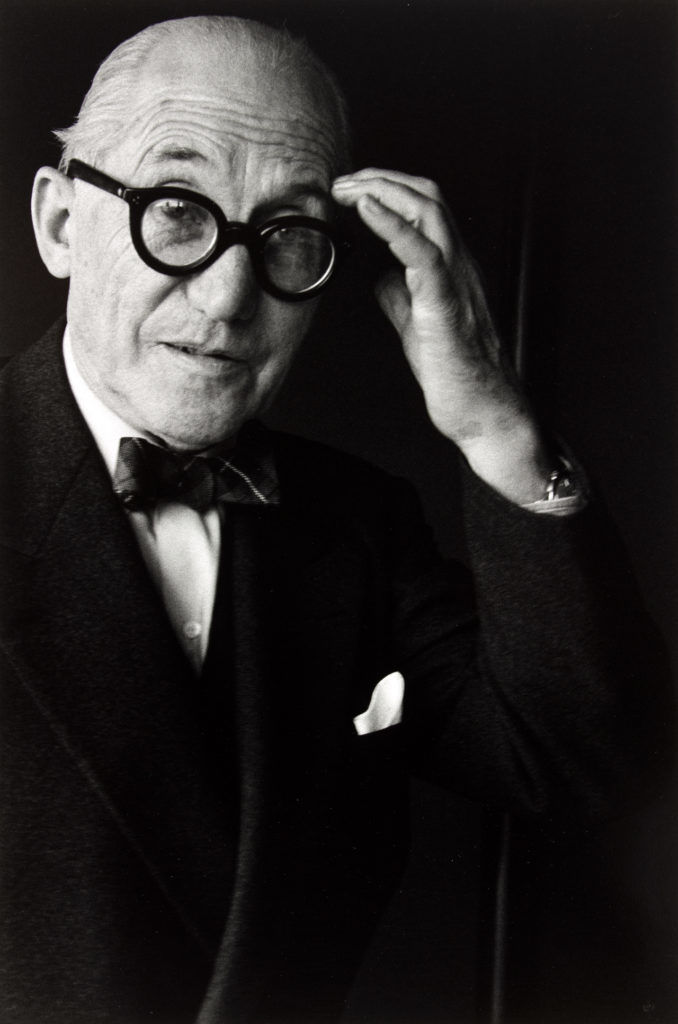
¿Cuál es la verdadera historia de esta casa?
Awards season is coming and my already long list of movies to see is getting longer every day. A week into the year, I still haven't seen any of these pending films, but I'm going to take advantage of starting the year by reviewing the latest films that I saw last year and that I hadn't shared here because I went on a trip for several weeks and I disconnected a little from the virtual world to focus on the real world.
Se viene la temporada de premios y mi ya de por sí larga lista de películas por ver se está haciendo cada día más larga. A una semana de haber iniciado el año aún no he visto ninguna de estas cintas pendientes, pero voy a aprovechar de comenzar el año reseñando las últimas películas que vi el año pasado y que no había compartido por acá porque me fui de viaje durante varias semanas y me desconecté un poco del mundo virtual para centrarme en el mundo real.
A month ago an architecture festival was held in the city of Santiago where discussions, exhibitions were organized and several films and documentaries related to the subject were screened. One afternoon I went to a talk on emotional architecture (or something like that) and then the film E.1027 - Eileen Gray and the House by the Sea was shown, written by Beatrice Minger and directed by her together with Christoph Schaub. It's a work of documentary fiction or a documentary with traces of fiction, but what is that like? Well, the script is based on a true story, real events and places that are filmed, but there are acted parts in which we see the presence of actors playing the people to whom the film refers. That is to say, it's not just a documentary with archive images, interviews and a voice-over narrating things, but rather a good part of the story is represented with the appearance of a play, but without forgetting that the main purpose of the film it's not entertainment but the exhibition of information, telling a story that few know exactly how it happened. Normally I don't like to give spoilers about the movies reviewed, but in this case it will be different. Firstly because it is a documentary, so the story as such is not a secret; second because E.1027: Eileen Gray and the House by the Sea is not a film that is going to circulate much in theaters. That is to say, I think that the majority will not be able to see the film in the cinema, so I prefer to awaken their interest in the story and especially in what can be reflected on from it.
Hace un mes se celebró un festival de arquitectura en la ciudad de Santiago en donde se organizaron tertulias, exposiciones y se proyectaron varias películas y documentales relacionados con el tema. Una tarde acudí a una charla sobre arquitectura emocional (o algo así) y luego se proyectó la película E.1027 - Eileen Gray and the House by the Sea, escrita por Beatrice Minger y dirigida por ella junto a Christoph Schaub. Se trata de una obra de ficción documental o de un documental con trazos de ficción, ¿cómo es eso? Bueno, el guión está basado en una historia real, sucesos y lugares reales que son filmados, pero hay partes actuadas en las que vemos la presencia de actores interpretando a las personas a las que hace referencia la película. Es decir, no es documental a secas con imágenes de archivo, entrevistas y una voz en off narrando las cosas, sino que buena parte de la historia se representa con una apariencia de obra de teatro, pero sin olvidar que el propósito principal de la cinta no es el entretenimiento sino la exhibición de la información, contar una historia que pocos conocen tal y como sucedió. Normalmente no me gusta hacer spoilers de las películas reseñadas, pero en este caso será diferente. Primero por ser un documental, con lo que la historia como tal no es un secreto; segundo porque E.1027: Eileen Gray and the House by the Sea no es una película que vaya a circular mucho en las carteleras. Es decir, creo que la mayoría no podrá ver la película en el cine, así que prefiero despertar su interés en la historia y sobre todo en lo que se puede reflexionar a partir de ella.

Eileen Gray, born in the 19th century, was an interior and furniture designer who produced important work and designs during the first half of the 20th century, especially in the 1920s and 1930s. Also dedicated to interior design, her name and image were mainly associated with chairs, tables and other types of furniture that Eileen designed, always looking for the disruptive, the novel, instead of the more classic and conservative, typical of the time.
Eileen Gray, nacida en el siglo XIX, fue una diseñadora de interiores y de muebles que realizó importantes trabajos y diseños durante la primera mitad del siglo XX, especialmente en las décadas de los años veinte y treinta. Dedicada también al diseño de interiores, su nombre e imagen estaban principalmente asociadas a sillas, mesas y otro tipo de mobiliario que Eileen diseñaba, siempre buscando lo disruptivo, lo novedoso, en lugar de lo más clásico y conservador, típico de la época.
However, Eileen was also a pioneer of modern architecture and this documentary wants to highlight that trait of hers through the controversy that always surrounded E.1027, a modernist villa located in the south of France in Roquebrune-Cap-Martin which she designed together with his partner at the time, the architect Jean Badovici. It is true that it is very difficult to trace how much of the design belongs to one or the other, but documentary review and testimonies from the time have revealed that Eileen's participation in the conception of the unit was much more important than was previously known, mainly for reasons of gender discrimination. Shortly after completing the house, Gray and Badovici separated and she went elsewhere (where she designed and built another house) leaving Jean living at E.1027 and being frequently visited by Le Corbusier, one of the most relevant names in the history of modern architecture. Painter, designer, urban planner, even writer, the name of Le Corbusier is mandatory to mention when talking about modern architecture and for some time he eclipsed Eileen Gray with respect to E.1027 because, after Badovici also left the house and allowed Le Corbusier to frequent the space, he painted some murals on its walls that were later published by a magazine where it was not made clear that the design of the house was not his.
Sin embargo, Eileen también fue pionera de la arquitectura moderna y este documental quiere destacar ese rasgo suyo a través de la polémica que siempre envolvió a la E.1027, una villa modernista ubicada al sur de Francia en Roquebrune-Cap-Martin la cual diseñó junto a su pareja del momento, el arquitecto Jean Badovici. Es cierto que es muy difícil rastrear qué tanto del diseño es de uno u otro, pero la revisión documental y los testimonios de la época han revelado que la participación de Eileen en la concepción de la unidad fue mucho más importante de lo que se sabía debido principalmente a razones de discriminación de género. Poco luego de haber terminado la casa, Gray y Badovici se separaron y ella se marchó a otro lugar (en donde diseñó y construyó otra casa) dejando a Jean viviendo en la E.1027 y siendo frecuentemente visitado por Le Corbusier, uno de los nombres más relevantes en la historia de la arquitectura moderna. Pintor, diseñador, planificador urbano, incluso escritor, el nombre de Le Corbusier es de mención obligatoria cuando se habla de arquitectura moderna y durante algún tiempo eclipsó a Eileen Gray con respecto a la E.1027 porque, luego de que Badovici se marchara también de la casa y le permitiera a Le Corbusier frecuentar el espacio, éste pintó en sus paredes algunos murales que luego fueron publicados por una revista en donde no se aclaraba que el diseño de la casa no era suyo.

There are several testimonies that suggest that Le Corbusier always felt envy of the design of E.1027, that he couldn't bear the fact that a woman had conceived that space and that his ego suffered greatly when he couldn't acquire the house, to the point that he acquired the adjacent land and erected a cabin there that he often visited in search of tranquility and contemplation. Of all the homes that Le Corbusier designed and built, that cabin was the only home he lived in, until the day he died in the waters that surrounded it.
Son varios los testimonios que apuntan a que Le Corbusier siempre sintió envidia ante el diseño de E.1027, que no podía soportar el hecho de que una mujer hubiera concebido ese espacio y que su ego sufrió mucho cuando no pudo adquirir la casa, al punto de que adquirió el terreno contiguo y erigió allí una cabaña que solía visitar en busca de tranquilidad y contemplación. De entre todas las viviendas que Le Corbusier diseñó y construyó, esa cabaña fue la única vivienda que habitó, hasta el día en el que falleció en las aguas que la rodeaban.
It's a little difficult for me to talk about the design of the house because I lack the vocabulary, but I feel like I can't finish the post without saying something about the central work of the film. E.1027 is an L-shaped construction that has a flat roof, huge floor-to-ceiling windows that allow natural light to enter the spaces and also has a spiral staircase, all painted white or very neutral colors that make each space feel both small and cozy; and wide and open. And well, if we add to that that it's located on the seashore, you can imagine what the views must be like from those windows and the tranquility that can be felt in such a private place. If you manage to see E.1027 - Eileen Gray and the House by the Sea in the cinema or - in a few months - on some platform, it would be great, but if you can't get it, I recommend that you look for information on internet, especially photographs of the house, now open for private and exclusive visits. Even if you don't study or like architecture, the story of Eileen Gray is important and worth knowing and spreading because it's about giving a woman the credit she deserves and that she didn't receive for being a woman and for the time in which she lived (for another story with this idea, I recommend the book Les Victorieuses by Laetitia Colombani). Do you know another story of women's vindication that you want to recommend to me? I read you in the comments.
Se me dificulta un poco hablar sobre el diseño de la casa porque me falta el vocabulario, pero siento que no puedo terminar el post sin decir algo sobre la obra central de la película. E.1027 es una construcción en forma de L que tiene un techo plano, enormes ventanas que van desde el suelo al techo y que permiten que entre la luz natural a los espacios y también tiene una escalera de caracol, todo pintado de blanco o de colores muy neutros que hacen que cada espacio se sienta a la vez pequeño y acogedor; y amplio y abierto. Y bueno si a eso sumamos que se encuentra a la orilla del mar, se puede uno imaginar lo que deben ser las vistas desde esas ventanas y la tranquilidad que se puede sentir en un lugar tan privado. Si logran ver E.1027 - Eileen Gray and the House by the Sea en el cine o - dentro de algunos meses - en alguna plataforma, estaría buenísimo, pero si no logran conseguirla, les recomiendo que busquen información en internet, especialmente las fotografías de la casa, hoy día abierta para visitas privadas y exclusivas. Aún si no estudias ni te gusta la arquitectura, la historia de Eileen Gray es importante y digna de conocer y difundir porque se trata de darle a una mujer el crédito que se merece y que no recibió por ser mujer y por la época en que le tocó vivir (para otra historia con esta idea, les recomiendo el libro Las vencedoras de Laetitia Colombani). Ustedes, ¿conocen otra historia de reivindicación femenina que me quieran recomendar? Los leo en los comentarios.
Reseñado por @cristiancaicedo
Other posts that may interest you | Otros posts que pueden interesarte:
 |
|---|



